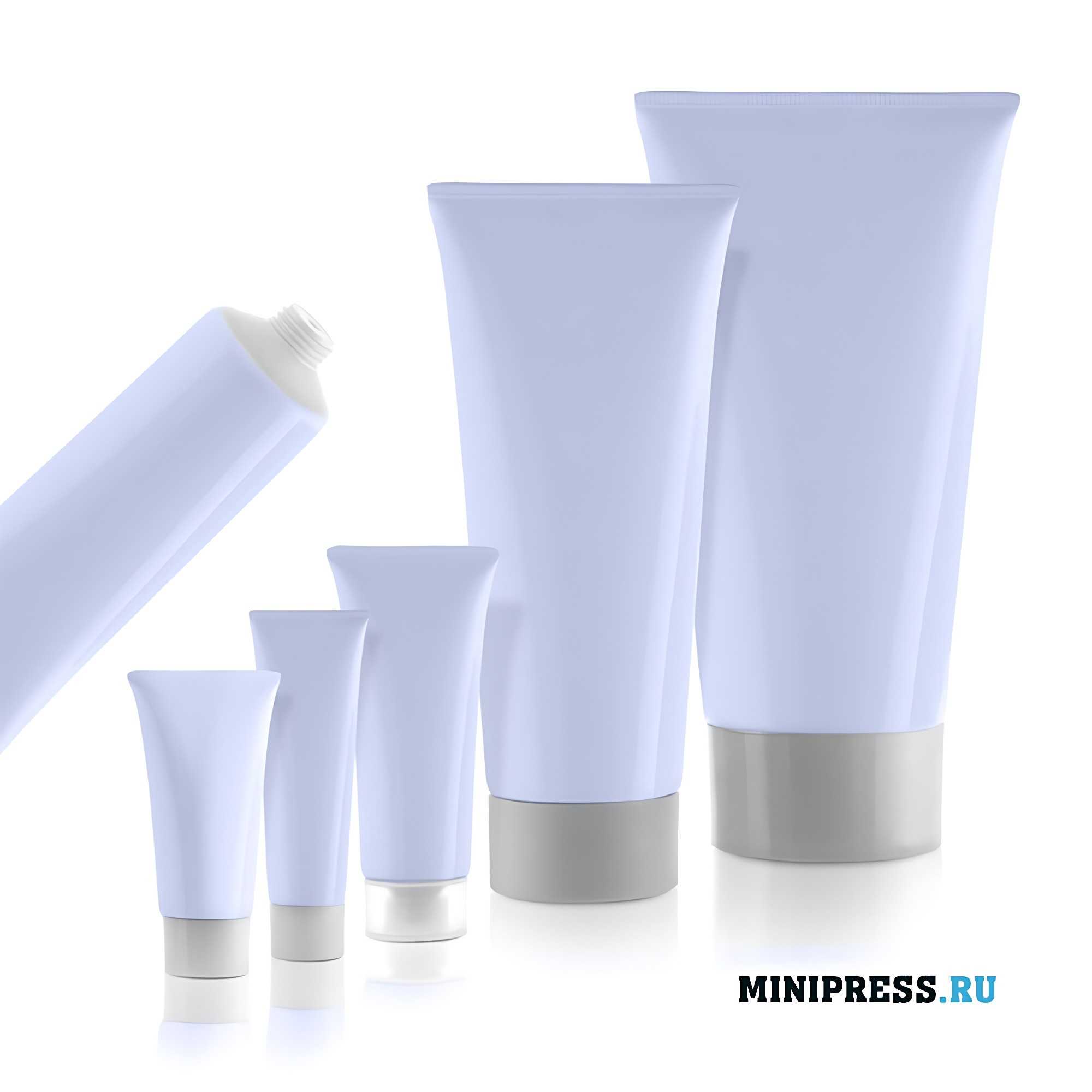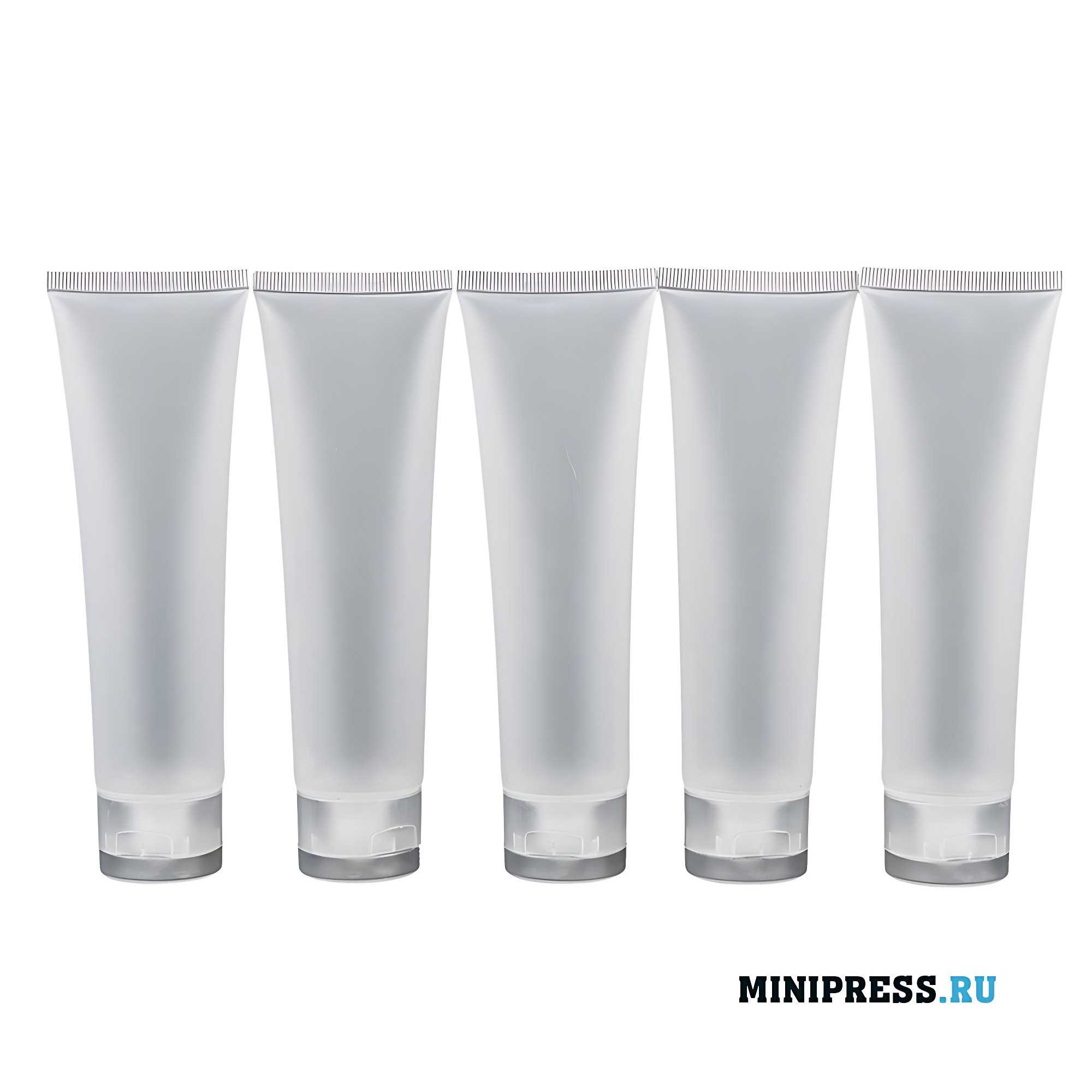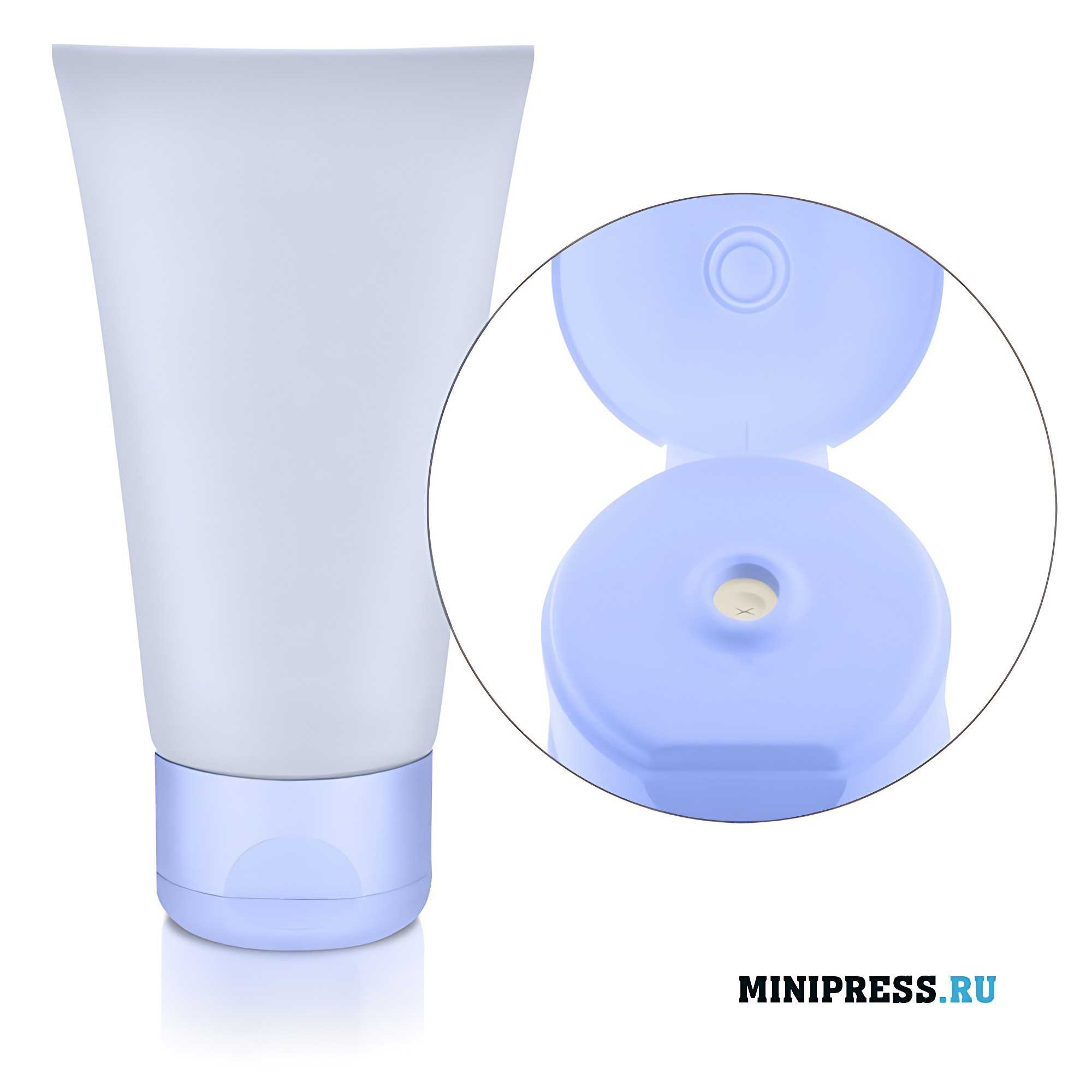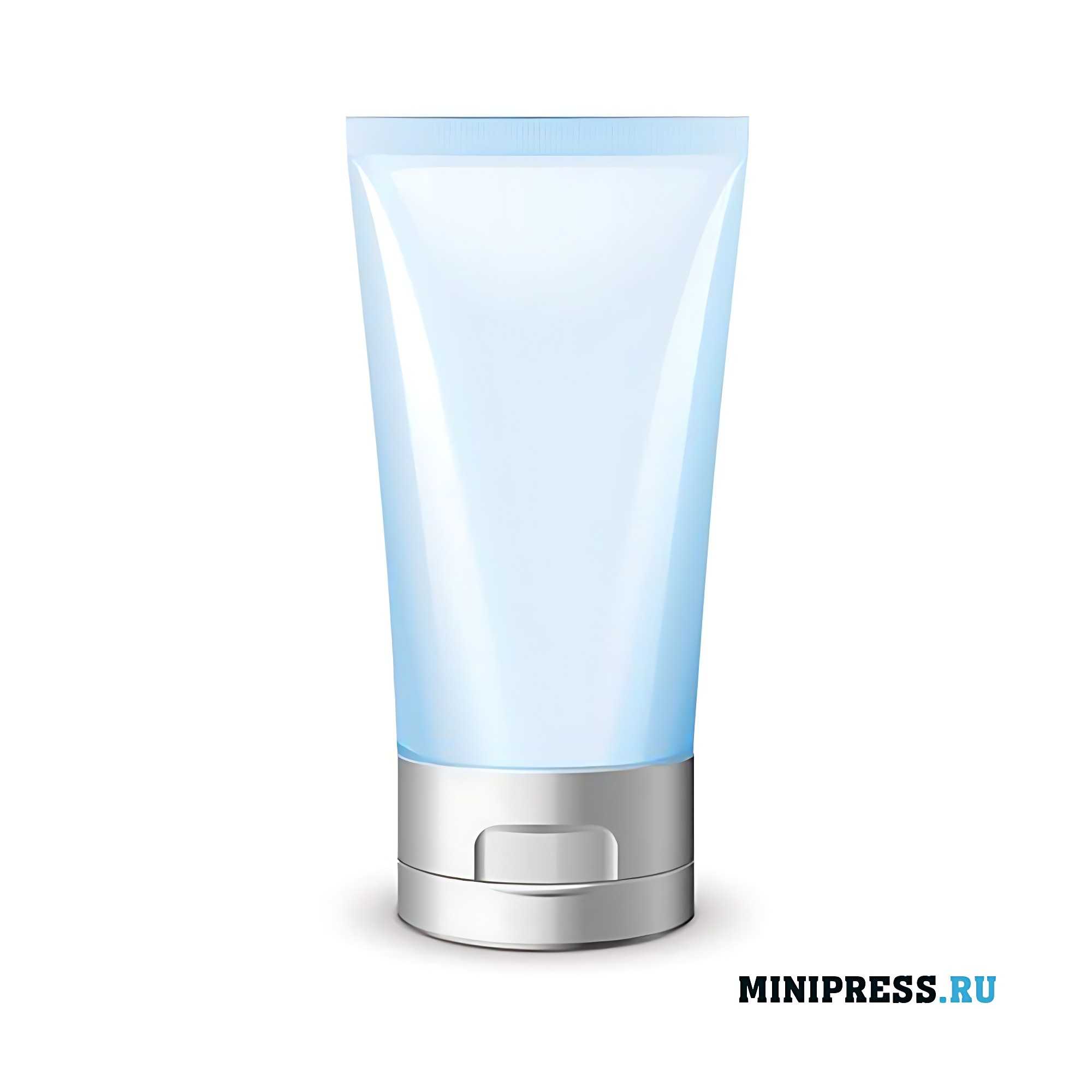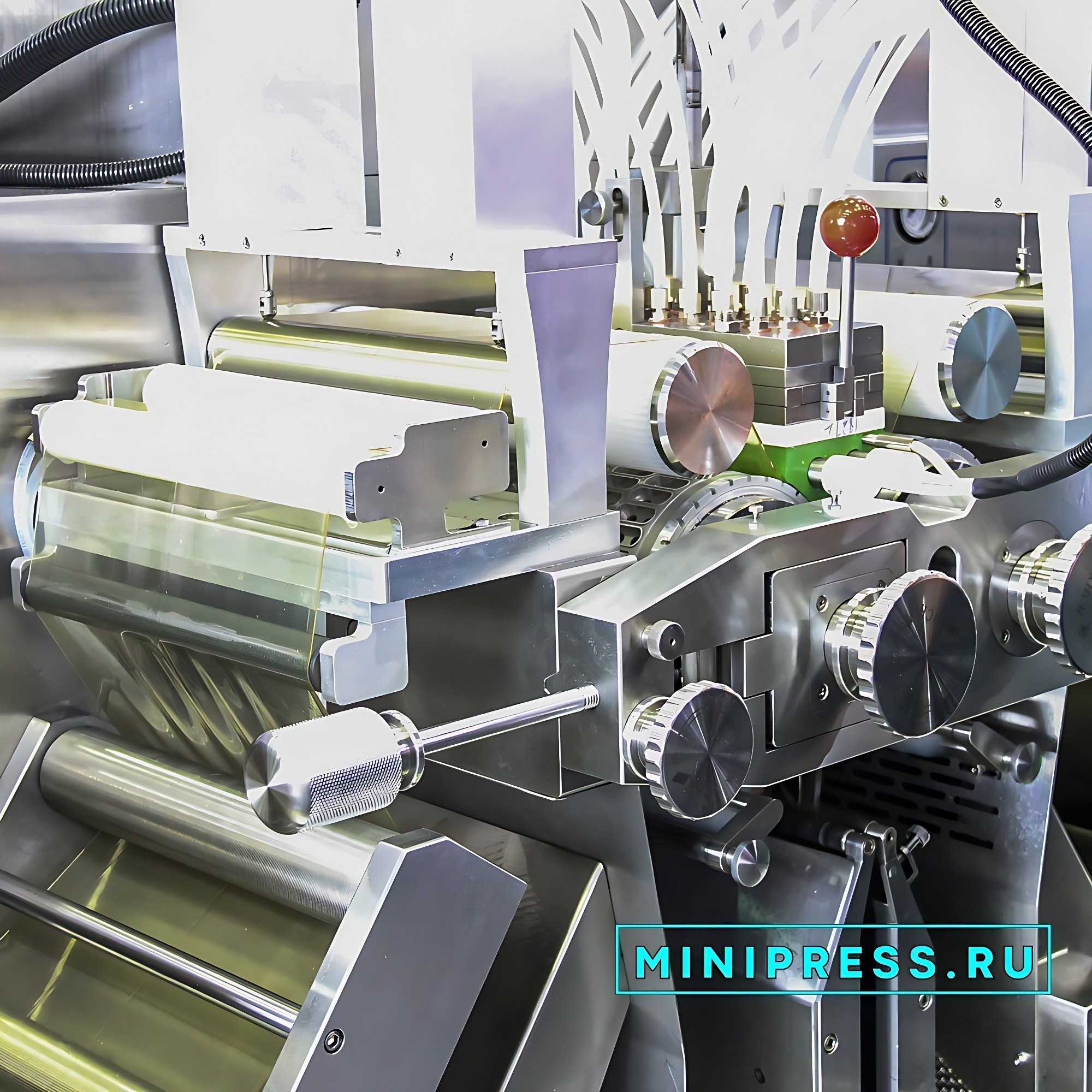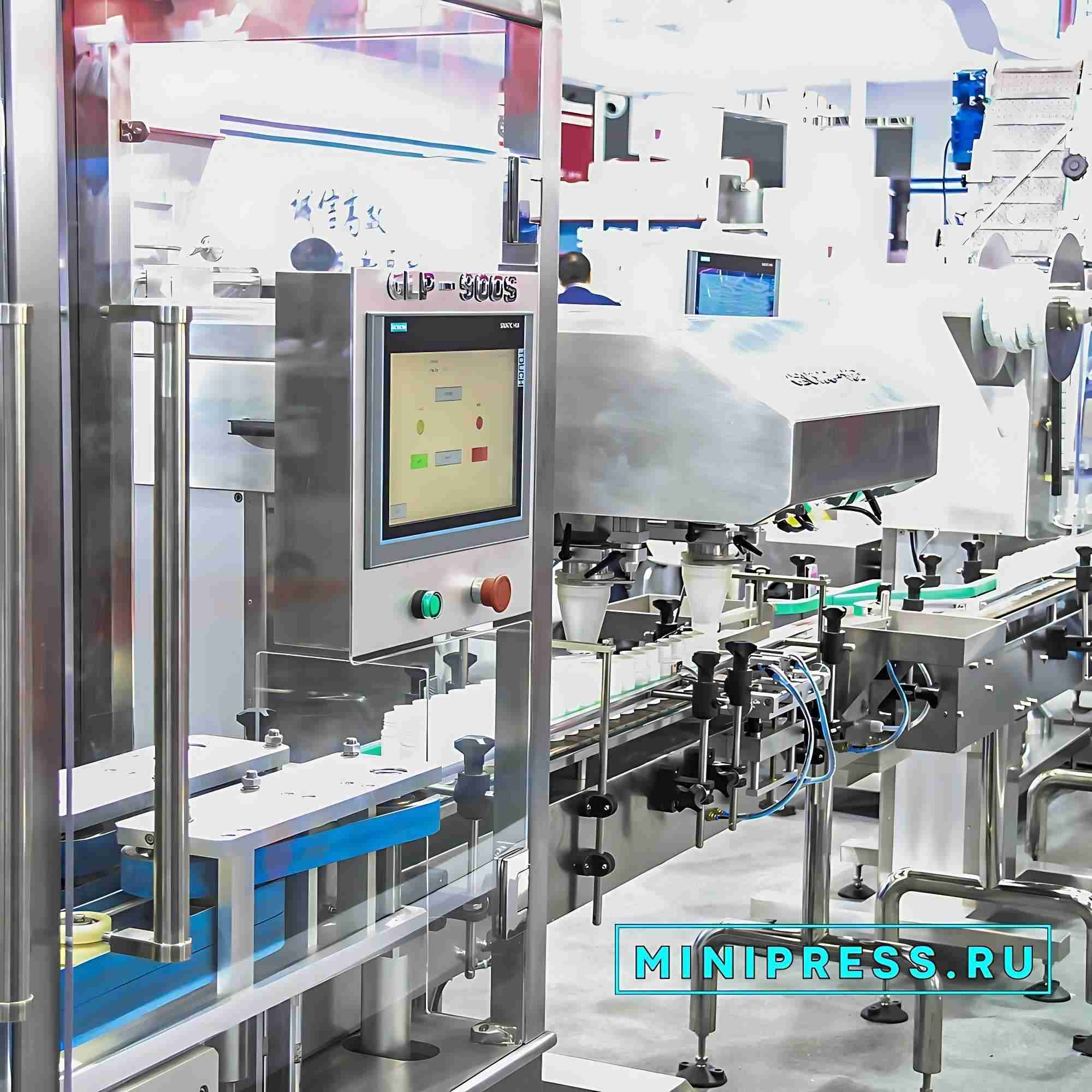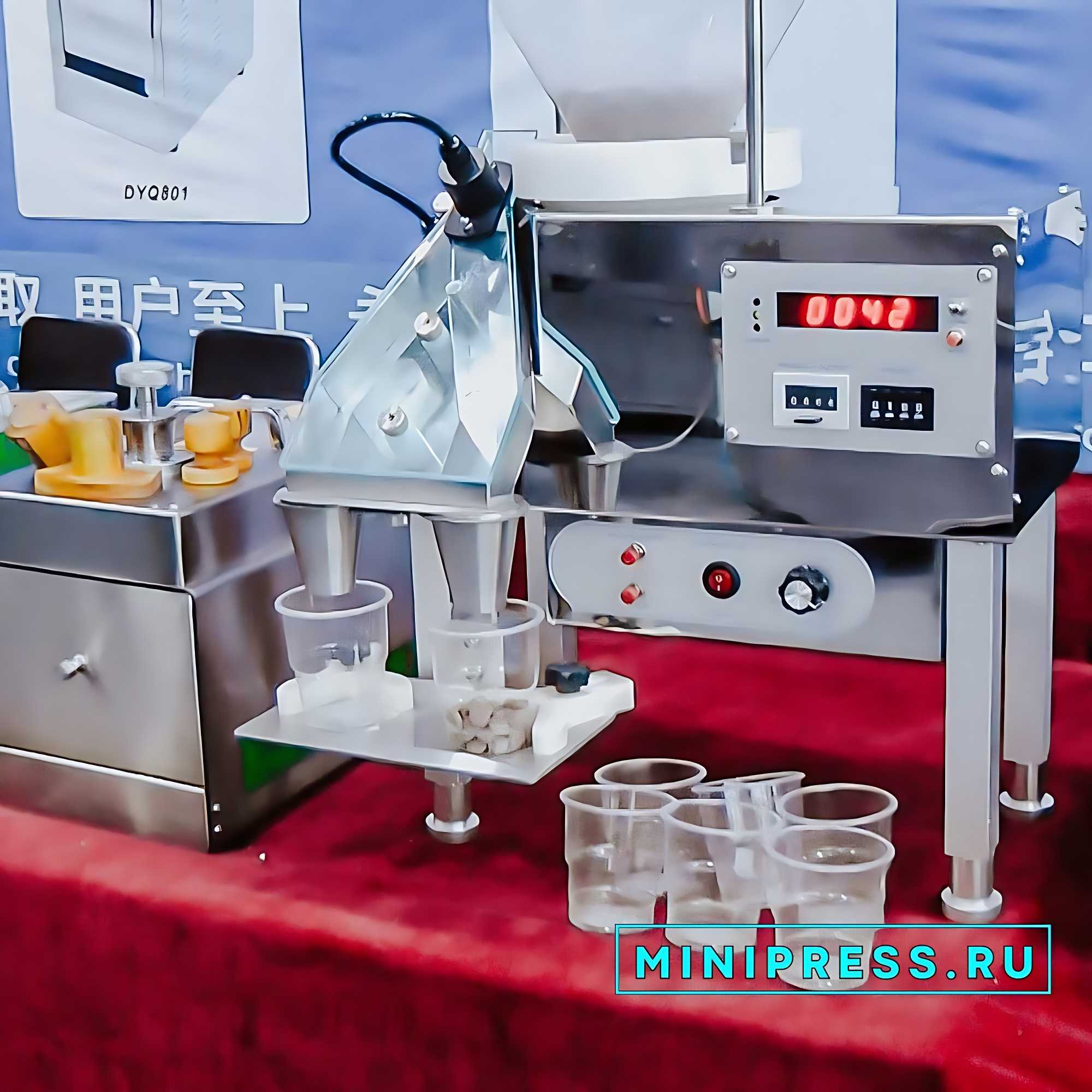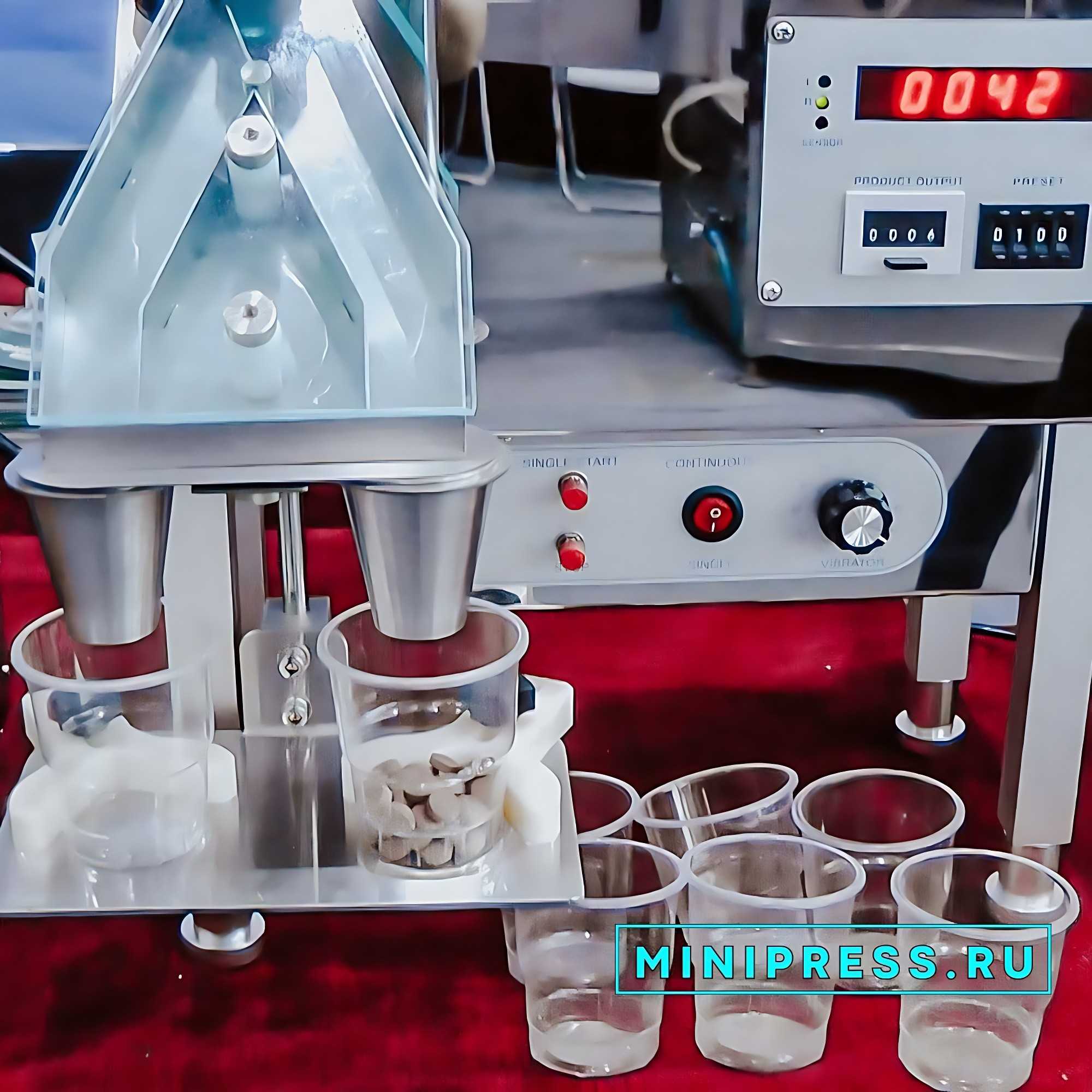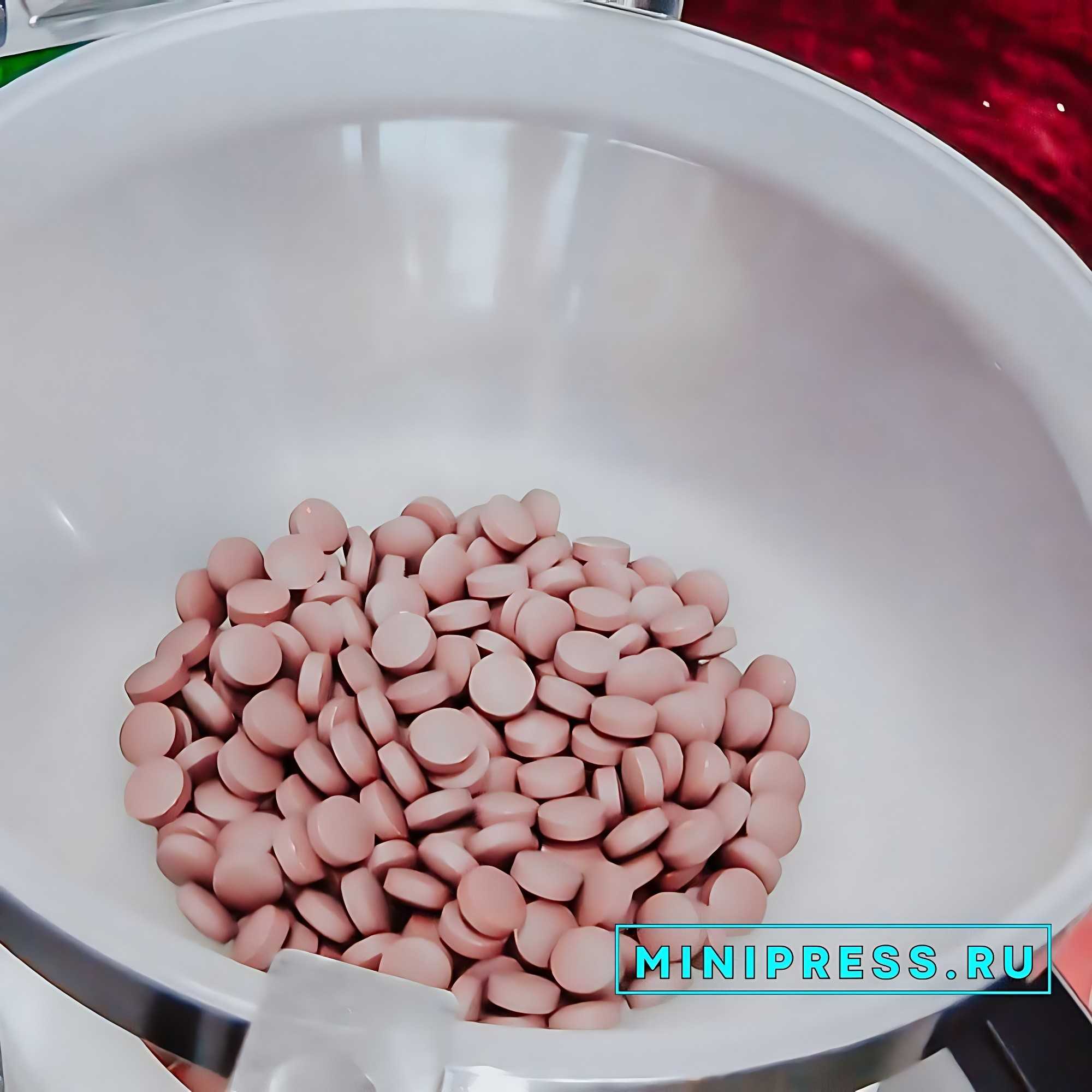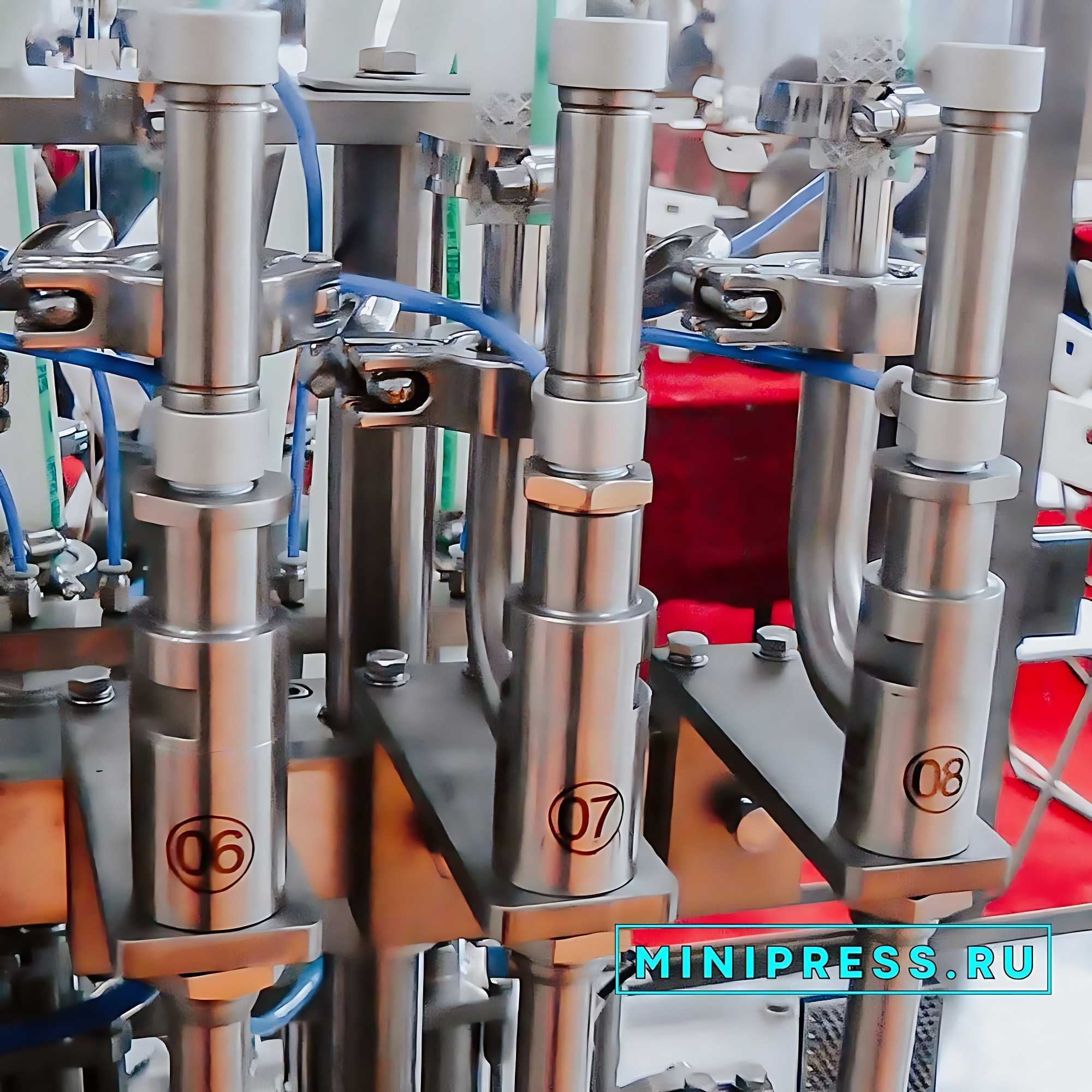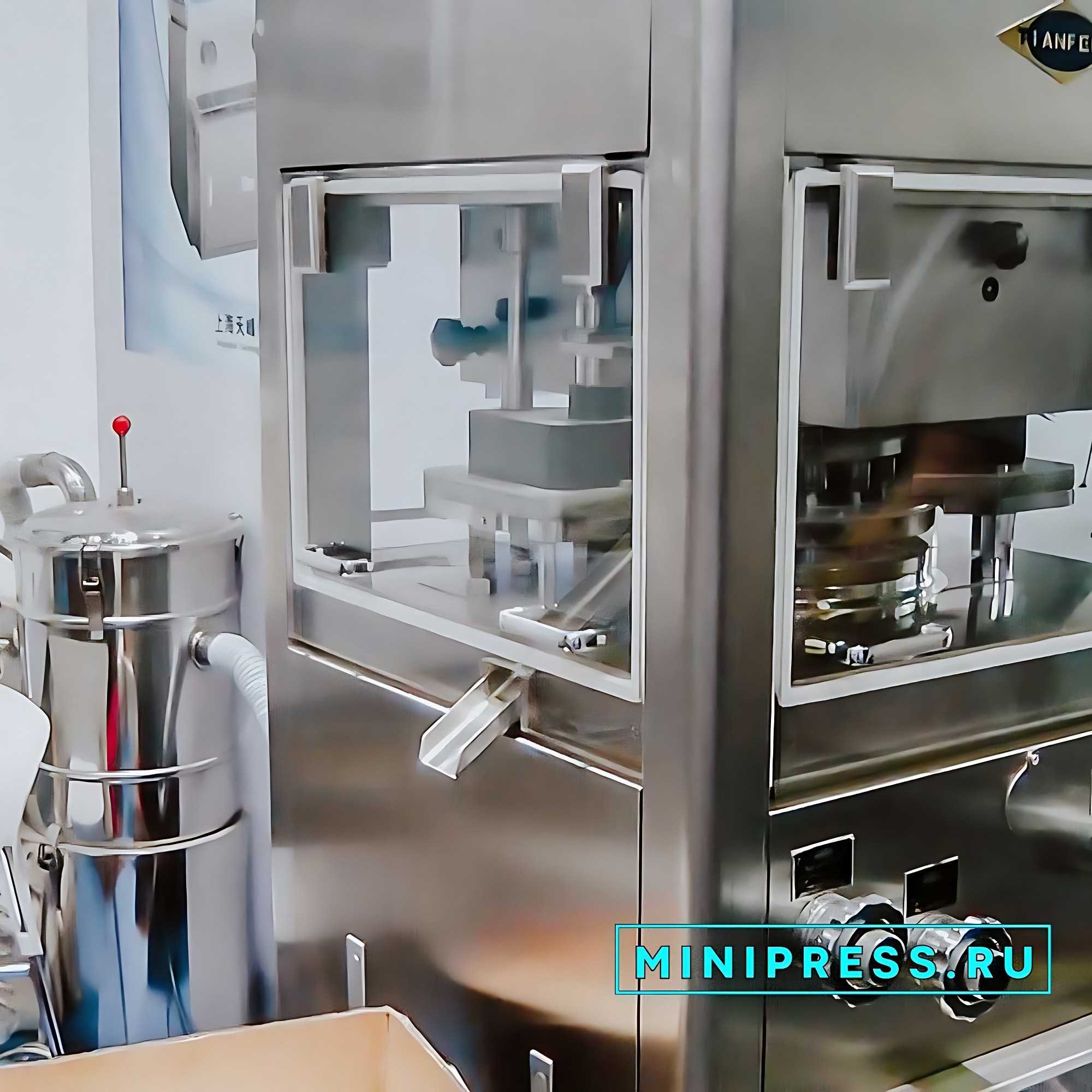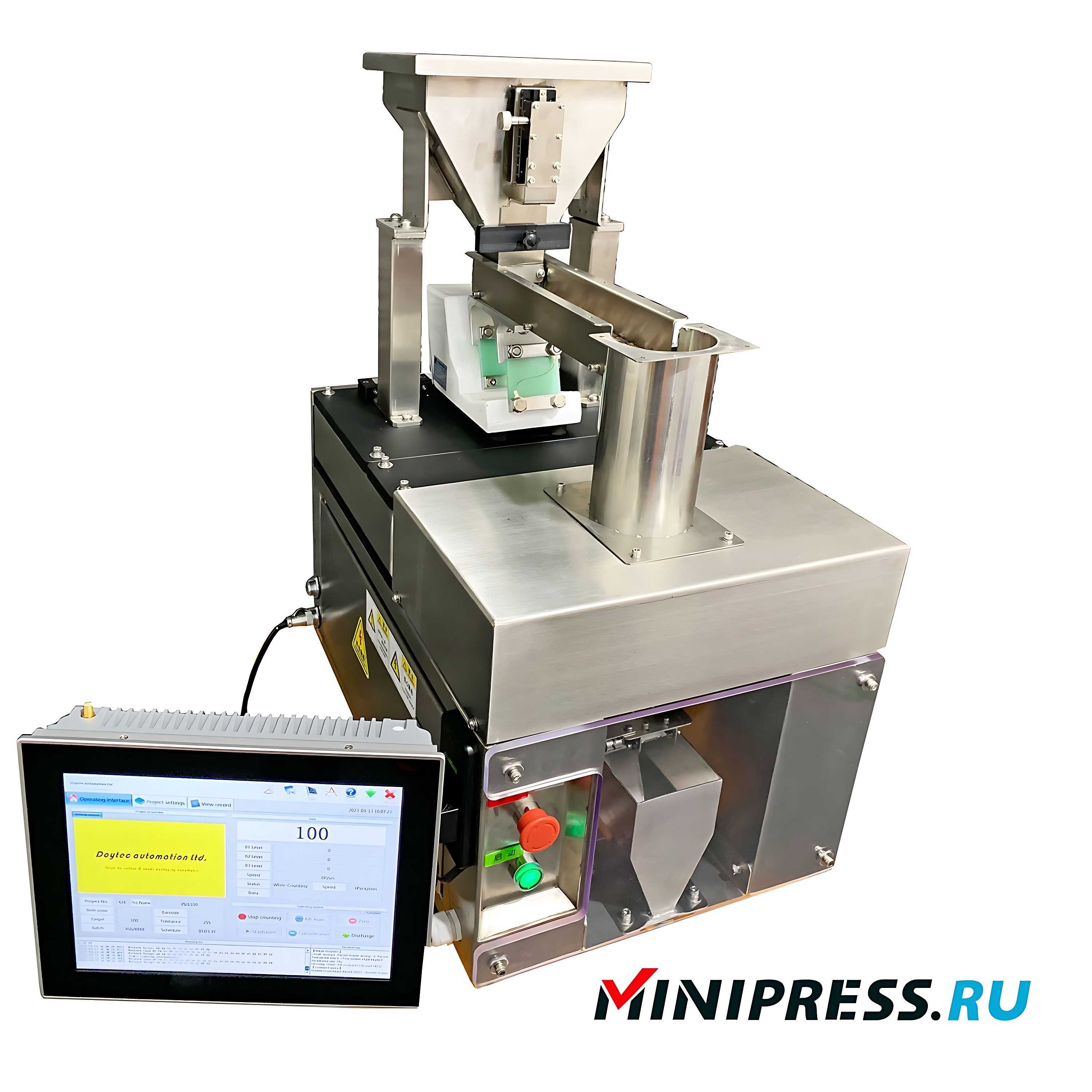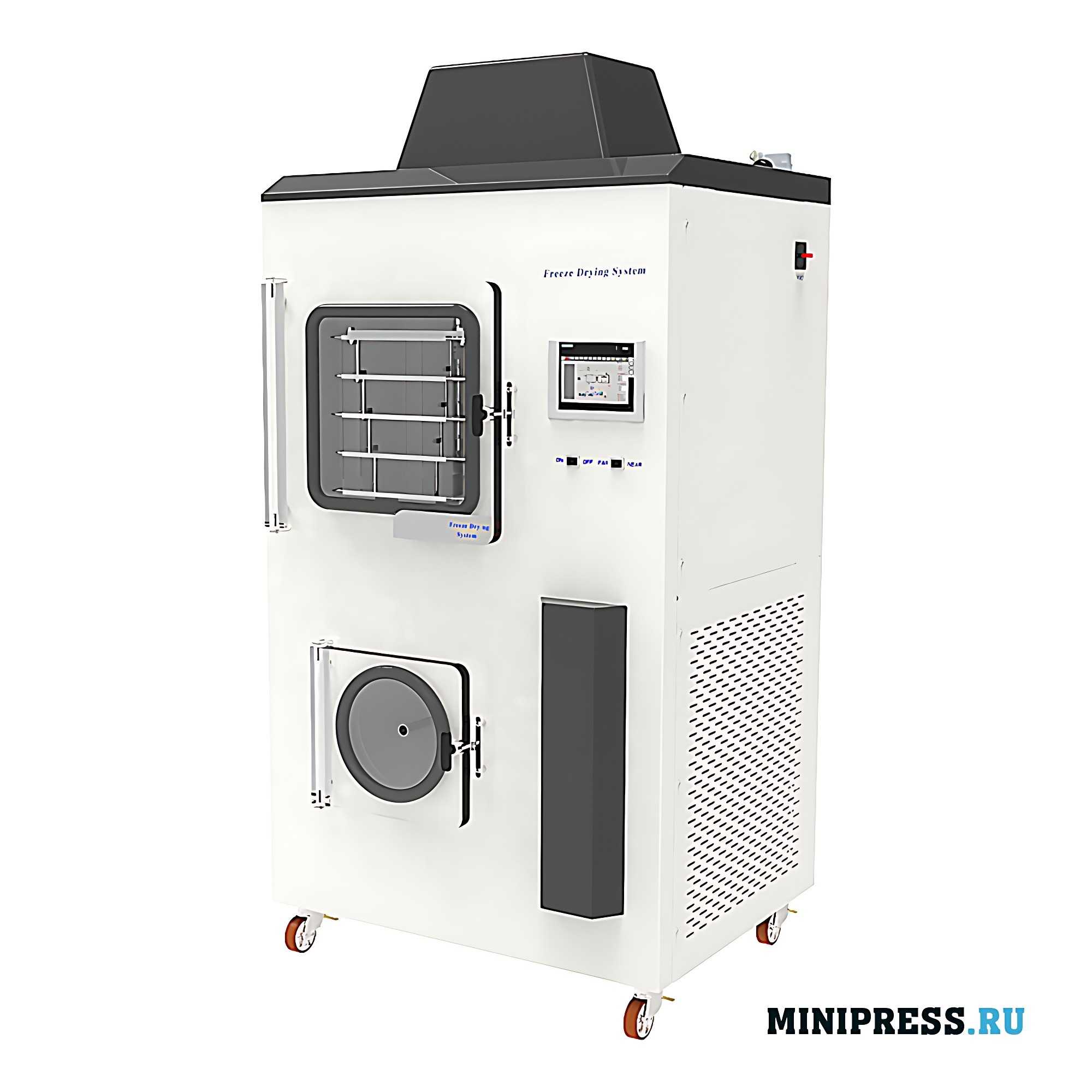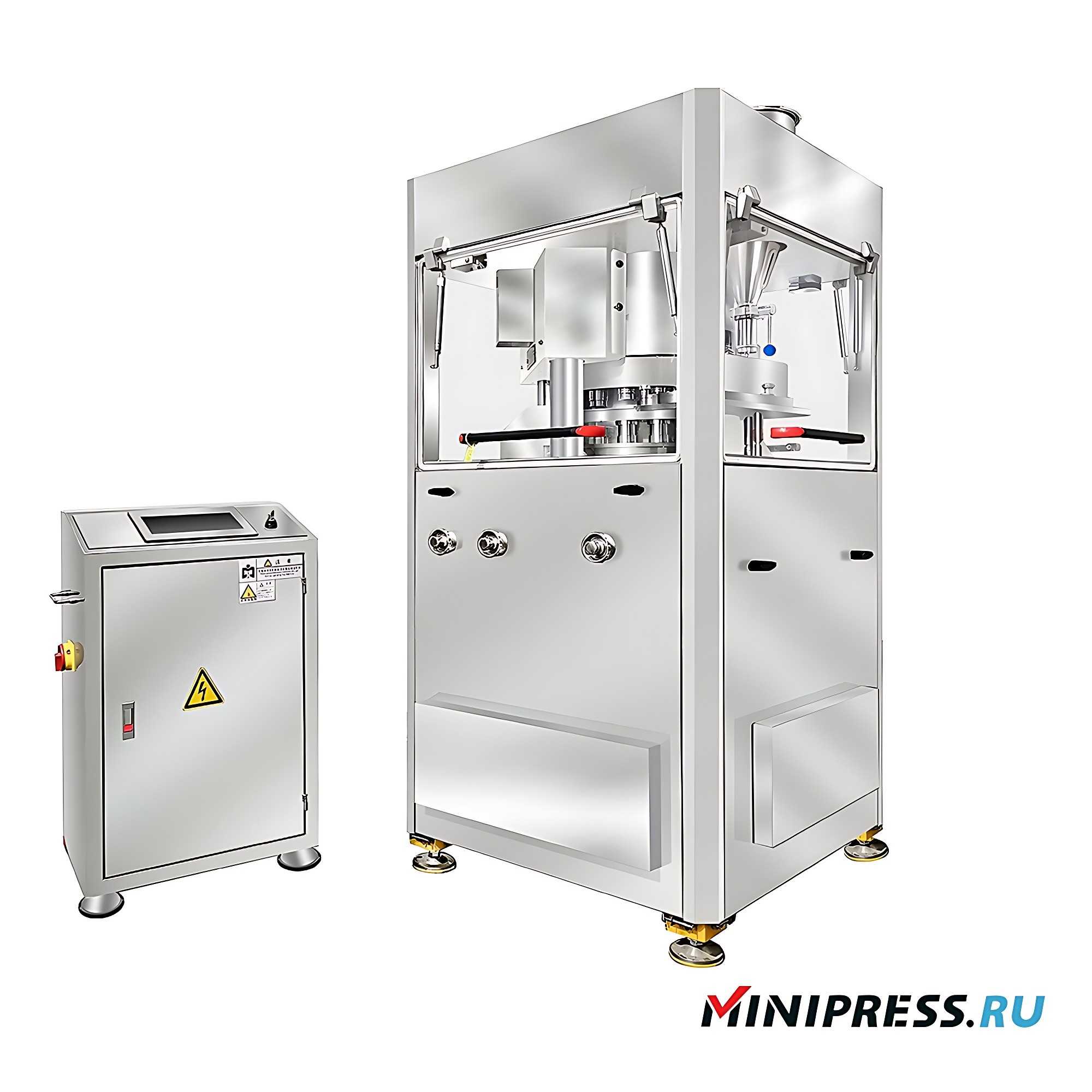 Revisión en video del modelo
Revisión en video del modelo
 Nuestro servicio y atención al cliente
Nuestro servicio y atención al cliente
The application of the sample is repeated until the filter paper disks applied to the test area no longer absorb the ointment. Then the amount of unresorbed drug contained in the paper is determined. The amount of drug that has penetrated the skin is determined by the remaining difference. Histologic studies with the help of a microscope allow to determine which layer of the skin the preparation has reached. The ointment is applied to a depilated area of the animal’s skin, then, after slaughtering it, histologic sections are made, which may be longitudinal (to determine the depth of penetration) or transverse (to evaluate the area of ointment distribution). Determination of drugs resorbed in blood, organs and tissues, secretions, or exhaled air after topical application of the ointment.
4Registration of biological or toxic reactions caused by the drug (pupil reaction, change in pain sensation, heart rate, onset of convulsions or death, etc.).
Radioisotope method using labeled drugs. Both in vitro and in vivo methods give relative results. While the former should be viewed critically on the grounds that they do not take into account the physiological functions of the skin, the latter give only approximate results, since human skin both in terms of function and structure differs significantly from animal skin. Only clinical tests can give the final assessment of the ointment. In addition to the above-described quality indicators of ointments, which are controlled before packing, after the completion of the entire production process should control the mass of the contents of the package, which should not be less than the mass indicated on the label. Deviation in the mass of ointments or creams, packaged in tubes or jars, checked by weighing ten samples. For sterile and non-sterile ointments, creams and other soft drugs should be carried out to determine the tightness of packaging in accordance with the following methodology. Take 10 tubes with the drug and thoroughly wipe their outer surfaces with filter paper. The tubes in a horizontal position are placed on a sheet of filter paper and kept in the thermostat at a temperature of 60±3 ° C for 8 hours. There should be no drips of drug from any tube on the filter paper, ignoring any traces of drug initially on the threads of the cap and tube. If leakage is observed from only one tube, the test shall be carried out with an additional 20 tubes. The results of the test shall be considered satisfactory if no leakage is observed from the first ten tubes or if leakage is observed for only one of the thirty tubes.
 Glosario Farmacéutico
Glosario Farmacéutico
 Especificaciones técnicas
Especificaciones técnicas
The degree of dispersibility in emulsion ointments and creams is determined under the condition of coloration of the dispersed phase. The diameter of 1000 droplets is determined and then the percentage of droplets of different sizes is calculated. The method is easy to perform, but quality standards for emulsion creams and ointments are not yet specified in any pharmacopoeia. Determination of pH of ointments is necessary to monitor the behavior of drug substance and base during storage. A shift in pH indicates a change in their physicochemical properties. To determine the pH of ointments and creams suspended product poured 50 ml of distilled water with a temperature of 50-60 «C and shaken on a vibrator for 30 minutes. The resulting extract is filtered and conducted potentiometric titration according to the method of GF. All ointments produced by pharmaceutical companies, have a guaranteed shelf life, during which, if properly stored, they should remain stable. The stability of ointments is determined by the unchanged content of drug substances (within the established tolerance), structural properties and the rate of release of drugs. Stability testing of ointments is particularly essential if they are emulsion systems. One acceptable technique for testing the stability of such ointments is the colloidal stability methodology. Assessment of colloidal stability of a cream or ointment is carried out on a centrifuge at a speed of 6000 rpm for 5 min. Under the influence of centrifugal force, the emulsion breaks down the faster; the less stable it is. The absence of stratification of the product sample indicates the stability of the composition. Thermal stability of the product is determined by heating the ointment or cream in a desiccator at 60 ° C for 1 h. If the product is qualitative, the sample should remain homogeneous without stratification. Sometimes in ointments and creams it is necessary to determine the structural and mechanical properties (ultimate shear stress, which characterizes the strength of the structure and consistency of ointments, and plastic viscosity, which characterizes the flow of the system with a destroyed structure), the degree of release of drug substances from the preparation and the stability of the product under different storage conditions. These determinations are usually made when developing new ointments and creams or improving existing ones. The consistency of ointments and ointment bases requires objective evaluation, as it affects the processes of their preparation and packaging, the ease of application of ointments to the skin and the release of drug substances from them. One of the main factors on which the consistency of ointments depends is the ultimate shear stress. It characterizes the ability of ointments to provide some resistance to smearing, the ability to squeeze out of tubes, dispensers, etc. The ultimate (or critical) shear stress is the force in dynes acting on an area of 1 cm2 tangentially to the plane of displacement and causing irreversible deformation of the system.
 Información adicional
Información adicional
The ultimate shear stress is also called the flow point, meaning the stress required for the system to start flowing (for irreversible deformation). The higher the value of this value, the more difficult the ointment is to spread. This is an important characteristic of ointments and ointment bases because it determines the ease of application of ointments. Usually a Volarovich rotary viscometer or a conical plastometer is used to determine the ultimate shear stress. Plastic viscosity, another important rheological characteristic of ointments and ointment bases, is determined on a Volarovich rotary viscometer RV-8. The degree of release of drug substances is a criterion for assessing the quality of ointments, which should become the main criterion for standardization and rejection (verification of compliance of the product quality with the requirements of the standard) of ointments. Methods for determining the degree of drug release in vitro and in vivo have been developed. In vitro methods. The technical performance of experiments by in vitro method can be different and is mainly determined by the properties of the included drugs. Direct diffusion method. In this case, the ointment sample must be in direct contact with the medium into which the drug substance diffuses. Method of diffusion through the membrane. The essence of the method is that the ointment under study is separated from the aqueous medium by a semipermeable membrane. This can be cellophane or lipoid membranes of animal origin, such as egg shells, a section of intestine or animal skin. The dialysis media are aqueous solutions or water. The apparatus design of these studies can vary. In recent years, there have been many installations that maximally approximate the conditions of experience to the conditions of a living organism. Most often these are two-chamber installations separated by membranes or membrane systems. One of the chambers contains the ointment and the other contains the dialysis medium. Despite the design differences, the setups obey the same principle and reflect the same dependencies. In vivo methods. In contrast to in vitro methods, these methods allow two processes to be assessed at once: the ability of the ointment base to release the active ingredients and the degree of resorption of the active ingredients through the skin. In vivo methods include the following studies: Determination of the resorbed amount of drugs by the difference between the applied ointment sample and the non-absorbed portion of the ointment. Such evaluation is acceptable on both animal and human skin. A certain amount of ointment is applied and rubbed evenly on a strictly limited area of skin using a template. A pressure of 100 mmHg is applied to this area using a cuff.
Seguimiento del estado del pedido
Estoy esperando llevar mi máquina llenadora y taponadora de botellas de plástico XL-12 a Elche, luego quiero comprar una máquina automática de cápsulas modelo GN-28 18/05/2024 13:51
¡Buenas tardes, Sofía! En la primera pregunta, el envío llegará a Elche entre las 16:00-18:00. En la segunda pregunta, ¿el modelo GN-28 se procesará bajo un nuevo contrato ? Póngase en contacto con la oficina. 18/05/2024 13:52
Buenas tardes, recibimos el dispensador de polvo PR-15 en viales de plástico, programado en el intervalo de 10:00-12:00 para abrir la caja y realizar la prueba. 18/05/2024 14:01
Matthew, Buenas tardes. Buenas noticias, envíe un informe de fotos y videos a WhatsApp +79853643808. 18/05/2024 14:04
Somos de Nueva Jersey, pagamos el equipo en su factura de ayer. ¿Se ha recibido el pago? ¿Cuánto tiempo tardará en entregarnos? 18/05/2024 14:11
Violet, hola. El pago se acredita en nuestra cuenta de liquidación. Plazo de fabricación de su equipo por fábrica 20 días hábiles, entrega desde fábrica a nuestro almacén en EE. UU. 1 mes, entrega desde el almacén en Zamora 15 días calendario. 18/05/2024 14:12
¿Cómo contactarlo para el seguimiento del envío? Criba vibratoria industrial VS-04. 18/05/2024 14:21
Buenas tardes, Aiden, Mi Whatsapp es +79853643808, Gerente Natalia +79153808881 en horario comercial y excepto fines de semana. 18/05/2024 14:24
Granulador horizontal para fertilizantes orgánicos JU-80, ¿el precio está actualizado? Tiempo de entrega a Fuenlabrada? Urgente. 18/05/2024 14:31
Savannah, lea atentamente la descripción de este modelo en nuestro catálogo. Los precios son actuales. Tiempo 1-1. 5 meses. 18/05/2024 14:35
Querido Roman. Fecha límite (time) Estoy esperando su presupuesto para una máquina para extraer tabletas y cápsulas de los blísteres MB-10 con entrega. 18/05/2024 14:41
Hola Aria, A la hora especificada le enviaremos la oferta a su correo electrónico. Ahora estamos esperando una respuesta de la empresa de transporte sobre el tiempo de entrega a Gavá . 18/05/2024 14:45
¿Te acuerdas de mí? Hay una entrega en el Jaén 18/05/2024 14:51
Abigail, ¡Hola! Recordamos a todos nuestros clientes. su máquina de llenado de miel para ampollas modelo MN-82 será mañana a la hora del almuerzo en Jaén . 18/05/2024 14:55
Transportador de polvo al vacío QV-01 cantidad de 3 piezas, necesita descuento y entrega a San Baudilio. 18/05/2024 15:01
Buen día Isabella, en nuestro catálogo se dan todos los precios incluida la entrega en la puerta del cliente. Si compras 3 piezas te haremos un descuento del 7%. La entrega a San Baudilio está incluida en el precio. 18/05/2024 15:04
Hoy nos prometieron la entrega de una máquina blíster para tabletas y cápsulas MN-14, ¿nos recuerdas ? Nadie nos ha devuelto la llamada. 18/05/2024 15:11
Hola Elijah, Nuestra gerente Natalya mañana hasta las 14:30 marcará al conductor, también le preguntamos a usted mismo a la compañía de transporte. 18/05/2024 15:12
Prensa rotativa de tabletas RZW-29 en Bilbao. Saludos, Joseph. 18/05/2024 15:21
Joseph, la entrega se realizará más cerca de la noche a Bilbao . Por favor, tenga listos los motores. El peso del equipo es pesado. 18/05/2024 15:22
- EQUIPO PARA LAVAR Y ESTERILIZAR BIBERONES
- MÁQUINAS PARA LA PRODUCCIÓN DE SUPOSITORIOS
- EQUIPO PARA IMPRIMIR LOGOTIPOS EN TABLETAS Y CÁPSULAS.
- EQUIPO PARA CONTAR Y ENVASAR COMPRIMIDOS Y CÁPSULAS EN FRASCOS
- EQUIPO PARA LLENADO DE CREMAS Y SELLADO DE TUBOS DE PLÁSTICO
- EQUIPO PARA LLENADO Y SELLADO DE AMPOLLAS DE VIDRIO
- EQUIPO PARA EL ENVASADO DE COMPRIMIDOS Y CÁPSULAS EN BOTELLAS DE PLÁSTICO
- EQUIPO DE SECADO POR PULVERIZACIÓN PARA SUSPENSIONES
- EQUIPO PARA LLENAR CÁPSULAS DE GELATINA DURA CON POLVO
- EQUIPO PARA PULIR Y DESEMPOLVAR TABLETAS Y CÁPSULAS
- EQUIPO PARA RECUBRIMIENTO DE TABLETAS
- MÁQUINAS PARA FORMAR Y LLENAR AMPOLLAS DE PLÁSTICO
- EQUIPO PARA ENVASAR POLVOS EN VIALES
- EQUIPO AUTOMÁTICO PARA EXTRAER COMPRIMIDOS Y CÁPSULAS DE BLÍSTERES.
- EQUIPO PARA LA PRODUCCIÓN DE TABLETAS
- EQUIPO DE LLENADO Y TAPADO DE BOTELLAS
- MÁQUINAS DOSIFICADORAS DE ALTA PRECISIÓN MÁQUINAS DE LLENADO DE POLVO
- EQUIPO PARA LA MEZCLA EFICIENTE DE POLVOS
- EQUIPO PARA ALIMENTACIÓN AUTOMÁTICA CON BIBERÓN PARA LÍNEAS DE LLENADO
- EQUIPO PARA ALIMENTACIÓN POR TORNILLO DE POLVOS
- EQUIPO DE GRANULACIÓN DE POLVO
- EQUIPO PARA TRANSPORTE DE POLVOS AL VACÍO
- EQUIPO PARA HOMOGENEIZAR CREMAS Y UNGÜENTOS
- CENTRIFUGADORAS FARMACÉUTICAS AUTOMÁTICAS
- EQUIPO PARA ENVOLVER CAJAS DE CARTÓN CON CELOFÁN
- EQUIPOS PARA EL ENVASADO DE PRODUCTOS ALIMENTICIOS EN ENVASES DOY-PACK
- EQUIPO PARA LA FABRICACIÓN Y ENVASADO DE TOALLITAS HÚMEDAS CON ALCOHOL
- EQUIPOS PARA LLENADO DE LÍQUIDOS EN BARRILES DE PLÁSTICO Y METAL.
- EQUIPOS PARA EL ENVASADO DE COMPRIMIDOS EN TIRAS Y TUBOS
- EQUIPO PARA APLICAR LA FECHA DE CADUCIDAD Y EL NÚMERO DE LOTE A LOS PRODUCTOS.
- EQUIPOS PARA EL ENVASADO DE MATERIALES A GRANEL EN BOLSAS DE PLÁSTICO
- EQUIPO PARA EMPACAR TÉ EN BOLSITAS DE TÉ CON HILO Y ETIQUETA.
- EQUIPO AUTOMÁTICO PARA ETIQUETAS AUTOADHESIVAS EN ENVASES
- EQUIPOS PARA ENVASADO AL VACÍO EN BOLSAS DE PLÁSTICO
- EQUIPO PARA CONTROL DE PESO Y CLASIFICACIÓN DE CAJAS DE CARTÓN CON MEDICAMENTOS
- EQUIPO PARA ENVASAR PRODUCTOS EN UN FLOW PACK
- EQUIPO PARA SELLADO POR INDUCCIÓN DE BOTELLAS DE ALUMINIO
- EQUIPO AUTOMÁTICO PARA ENVASADO EN BLÍSTER
- EQUIPO PARA EL LLENADO Y ENVASADO DE TINTURAS DE HIERBAS
- EQUIPO PARA DETECTOR DE METALES EN CÁPSULAS Y TABLETAS DE GELATINA
- MÁQUINAS DE ENVASADO FLOW-PACK
- MÁQUINAS QUE IMPRIMEN FECHA DE CADUCIDAD Y NÚMERO DE LOTE
- EQUIPO SEMIAUTOMÁTICO PARA ENVASADO DE BLÍSTERES
- EQUIPO PARA MEZCLAR LÍQUIDOS CON CALENTAMIENTO POR MICROONDAS
- DISPENSADORES DE BOMBAS PERISTÁLTICAS
- EQUIPO PARA DOSIFICACIÓN AUTOMÁTICA DE CREMAS Y UNGÜENTOS
- EQUIPO PARA PRUEBAS DE LABORATORIO DE MEDICAMENTOS
- EQUIPO PARA TAMIZADO VIBRATORIO DE POLVOS
- EQUIPO PARA LA PRODUCCIÓN DE BOILIES DE PESCA
- EQUIPO PARA PULVERIZAR MATERIAS PRIMAS FARMACÉUTICAS
- EQUIPO DE SOBREMESA PARA MEZCLAR POLVOS
- EQUIPOS DE SOBREMESA PARA DOSIFICACIÓN DE LÍQUIDOS
- EQUIPO DE SOBREMESA PARA LA PRODUCCIÓN DE EMULSIONES A ALTA VELOCIDAD
- EQUIPO SEMIAUTOMÁTICO PARA EL LLENADO DE CÁPSULAS DE GELATINA
- EQUIPO MANUAL PARA LLENAR CÁPSULAS DE GELATINA CON POLVO.
- EQUIPO PARA LA PRODUCCIÓN DE TABLETAS
- EQUIPO PARA RECUBRIMIENTO DE TABLETAS
- MÁQUINAS PARA FORMAR Y LLENAR AMPOLLAS DE PLÁSTICO
- EQUIPO AUTOMÁTICO PARA EXTRAER COMPRIMIDOS Y CÁPSULAS DE BLÍSTERES.
- EQUIPO PARA ENVASAR POLVOS EN VIALES
- MÁQUINAS PARA LA PRODUCCIÓN DE SUPOSITORIOS
- EQUIPO PARA CONTAR Y ENVASAR COMPRIMIDOS Y CÁPSULAS EN FRASCOS
- EQUIPO PARA LAVAR Y ESTERILIZAR BIBERONES
- EQUIPO DE LLENADO Y TAPADO DE BOTELLAS
- EQUIPO PARA EL ENVASADO DE COMPRIMIDOS Y CÁPSULAS EN BOTELLAS DE PLÁSTICO
- EQUIPO PARA LLENAR CÁPSULAS DE GELATINA DURA CON POLVO
- EQUIPO DE SECADO POR PULVERIZACIÓN PARA SUSPENSIONES
- EQUIPO PARA IMPRIMIR LOGOTIPOS EN TABLETAS Y CÁPSULAS.
- EQUIPO PARA LLENADO Y SELLADO DE AMPOLLAS DE VIDRIO
- EQUIPO PARA PULIR Y DESEMPOLVAR TABLETAS Y CÁPSULAS
- MÁQUINAS DOSIFICADORAS DE ALTA PRECISIÓN MÁQUINAS DE LLENADO DE POLVO
- EQUIPO PARA LLENADO DE CREMAS Y SELLADO DE TUBOS DE PLÁSTICO
- EQUIPO PARA TRANSPORTE DE POLVOS AL VACÍO
- EQUIPO PARA ALIMENTACIÓN POR TORNILLO DE POLVOS
- EQUIPO PARA LA MEZCLA EFICIENTE DE POLVOS
- EQUIPO PARA ALIMENTACIÓN AUTOMÁTICA CON BIBERÓN PARA LÍNEAS DE LLENADO
- CENTRIFUGADORAS FARMACÉUTICAS AUTOMÁTICAS
- EQUIPO DE GRANULACIÓN DE POLVO
- EQUIPO PARA HOMOGENEIZAR CREMAS Y UNGÜENTOS
- EQUIPO PARA SELLADO POR INDUCCIÓN DE BOTELLAS DE ALUMINIO
- EQUIPO PARA LA FABRICACIÓN Y ENVASADO DE TOALLITAS HÚMEDAS CON ALCOHOL
- EQUIPO AUTOMÁTICO PARA ETIQUETAS AUTOADHESIVAS EN ENVASES
- EQUIPO PARA EL LLENADO Y ENVASADO DE TINTURAS DE HIERBAS
- EQUIPO AUTOMÁTICO PARA ENVASADO EN BLÍSTER
- MÁQUINAS DE ENVASADO FLOW-PACK
- EQUIPOS PARA EL ENVASADO DE COMPRIMIDOS EN TIRAS Y TUBOS
- EQUIPO PARA APLICAR LA FECHA DE CADUCIDAD Y EL NÚMERO DE LOTE A LOS PRODUCTOS.
- EQUIPOS PARA ENVASADO AL VACÍO EN BOLSAS DE PLÁSTICO
- EQUIPOS PARA EL ENVASADO DE MATERIALES A GRANEL EN BOLSAS DE PLÁSTICO
- EQUIPO PARA ENVASAR PRODUCTOS EN UN FLOW PACK
- EQUIPOS PARA EL ENVASADO DE PRODUCTOS ALIMENTICIOS EN ENVASES DOY-PACK
- EQUIPO PARA EMPACAR TÉ EN BOLSITAS DE TÉ CON HILO Y ETIQUETA.
- EQUIPOS PARA LLENADO DE LÍQUIDOS EN BARRILES DE PLÁSTICO Y METAL.
- EQUIPO PARA DETECTOR DE METALES EN CÁPSULAS Y TABLETAS DE GELATINA
- EQUIPO PARA CONTROL DE PESO Y CLASIFICACIÓN DE CAJAS DE CARTÓN CON MEDICAMENTOS
- EQUIPO PARA ENVOLVER CAJAS DE CARTÓN CON CELOFÁN
- EQUIPO DE SOBREMESA PARA MEZCLAR POLVOS
- DISPENSADORES DE BOMBAS PERISTÁLTICAS
- EQUIPO SEMIAUTOMÁTICO PARA EL LLENADO DE CÁPSULAS DE GELATINA
- EQUIPO PARA LA PRODUCCIÓN DE BOILIES DE PESCA
- EQUIPO PARA DOSIFICACIÓN AUTOMÁTICA DE CREMAS Y UNGÜENTOS
- EQUIPO MANUAL PARA LLENAR CÁPSULAS DE GELATINA CON POLVO.
- EQUIPO PARA PRUEBAS DE LABORATORIO DE MEDICAMENTOS
- EQUIPO SEMIAUTOMÁTICO PARA ENVASADO DE BLÍSTERES
- MÁQUINAS QUE IMPRIMEN FECHA DE CADUCIDAD Y NÚMERO DE LOTE
- EQUIPO PARA TAMIZADO VIBRATORIO DE POLVOS
- EQUIPO DE SOBREMESA PARA LA PRODUCCIÓN DE EMULSIONES A ALTA VELOCIDAD
- EQUIPO PARA MEZCLAR LÍQUIDOS CON CALENTAMIENTO POR MICROONDAS
- EQUIPOS DE SOBREMESA PARA DOSIFICACIÓN DE LÍQUIDOS
- EQUIPO PARA PULVERIZAR MATERIAS PRIMAS FARMACÉUTICAS
 7626
7626 5953544
5953544